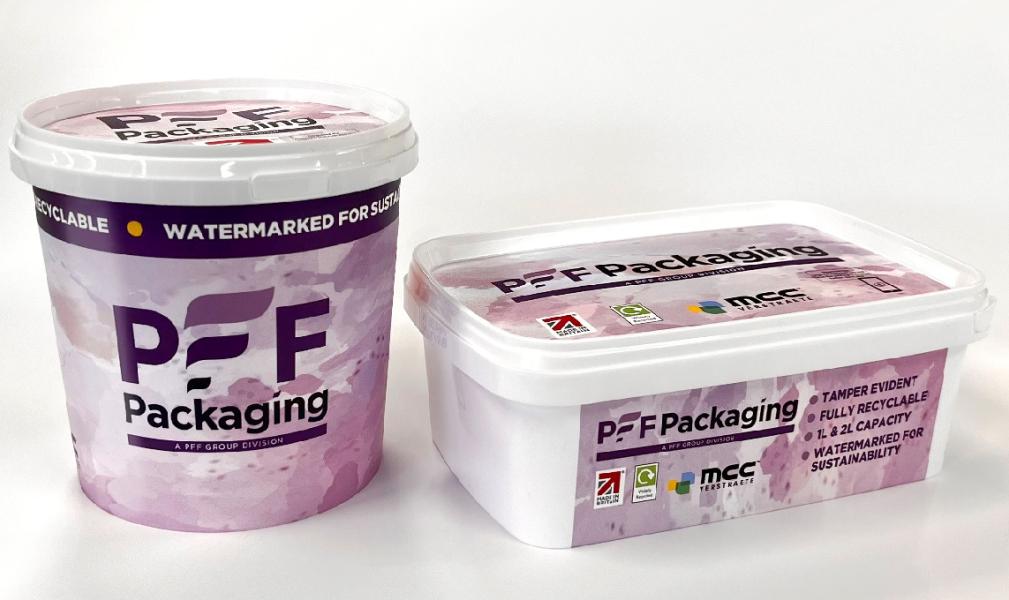
The systemic innovation in circularity, facilitated by a watermark, is part of a ‘HolyGrail 2.0’ pilot project where the objective is to prove the technical viability of digital watermarks for accurate sorting at waste at waste sorting facilities, as well as the economic viability of such an operation, on a large scale.
Digital watermarks are indiscernible codes, the size of a postage stamp, which cover the surface of a consumer goods pack. The mark can be detected and decoded by a high-resolution camera on a sorting line and directed into food or non-food sorting stream.
These codes can be read at waste sorting facilities by high-resolution cameras, resulting in more accurate sorting and detection of higher quality recyclates, helping to achieve better recycling goals.
In March 2022, HolyGrail 2.0 concluded semi-industrial trials with successful validation. You can read more about this here.
The initiative is part of a trial which aims to prove the technical and economic viability of intelligent sorting at scale, enabling new recycling streams that currently do not exist. The trial is being overseen by AIM – the European Brands Association and the Alliance to End Plastic Waste – and is supported by over 130 companies and organisations.